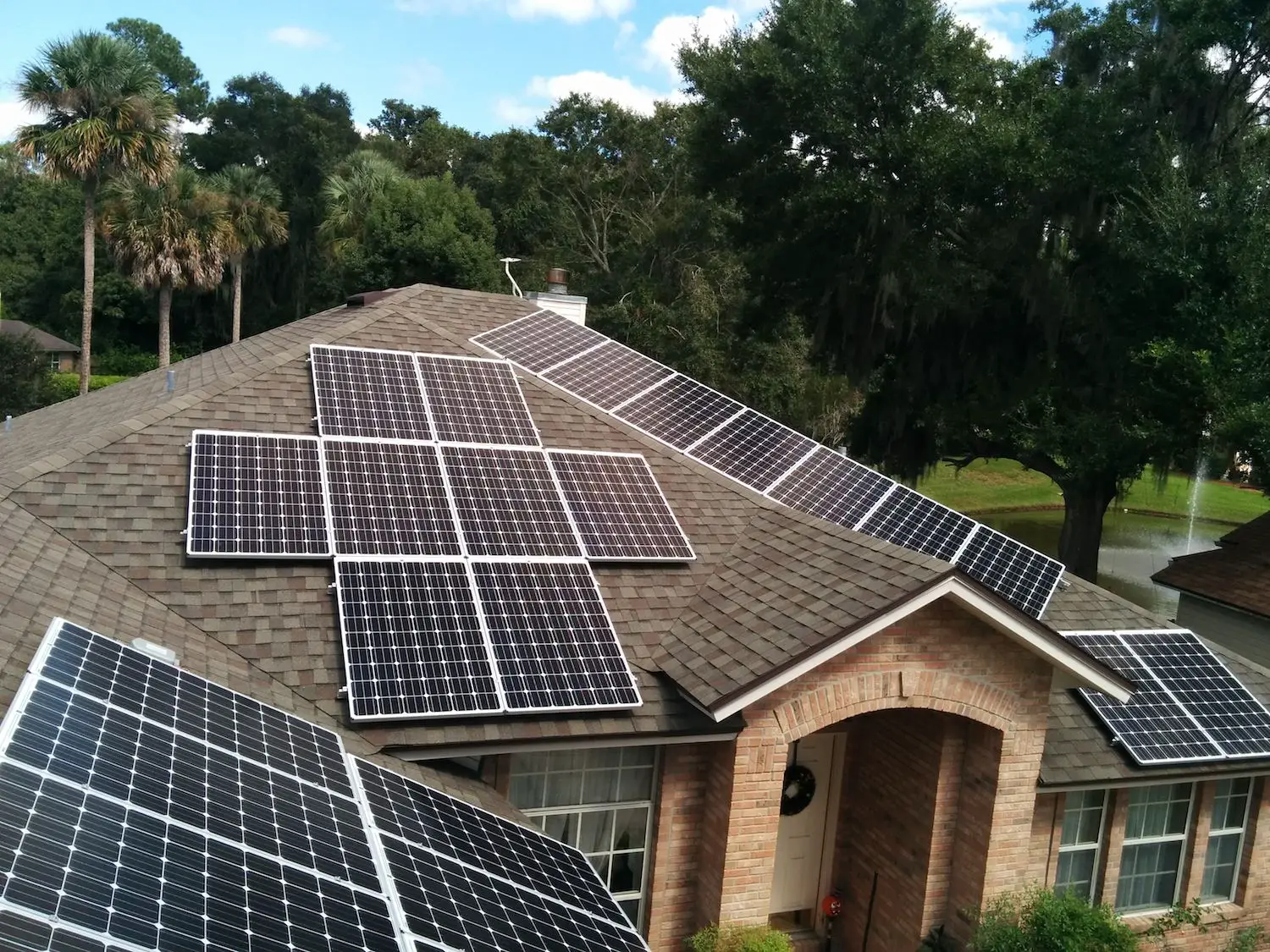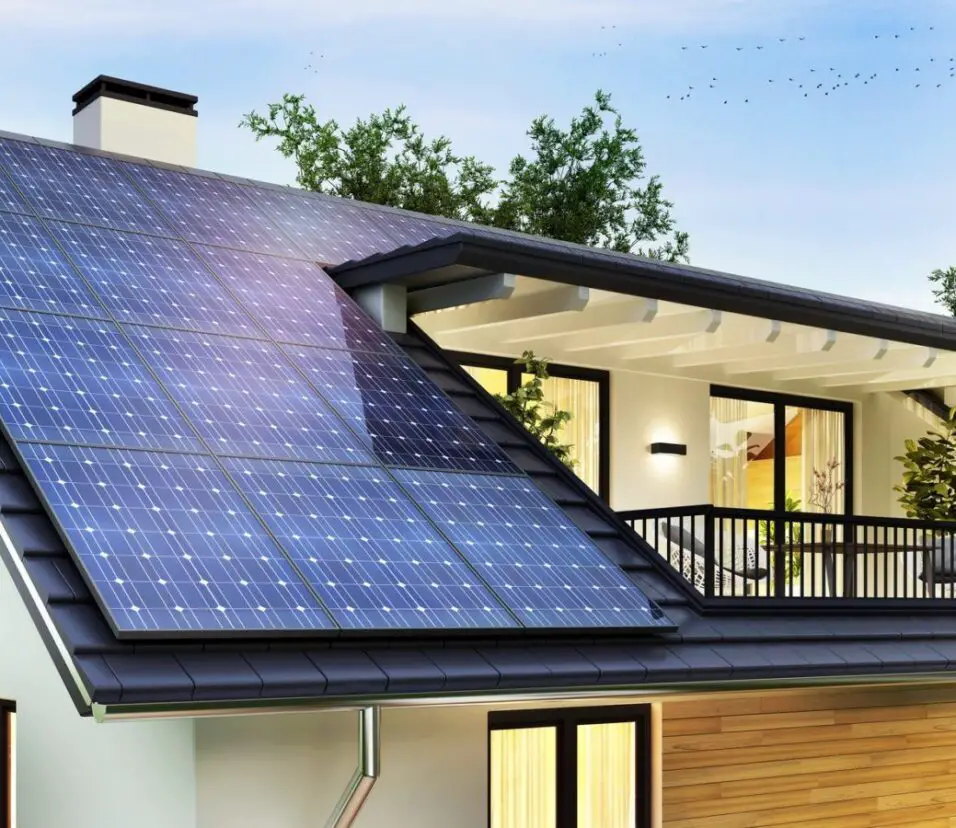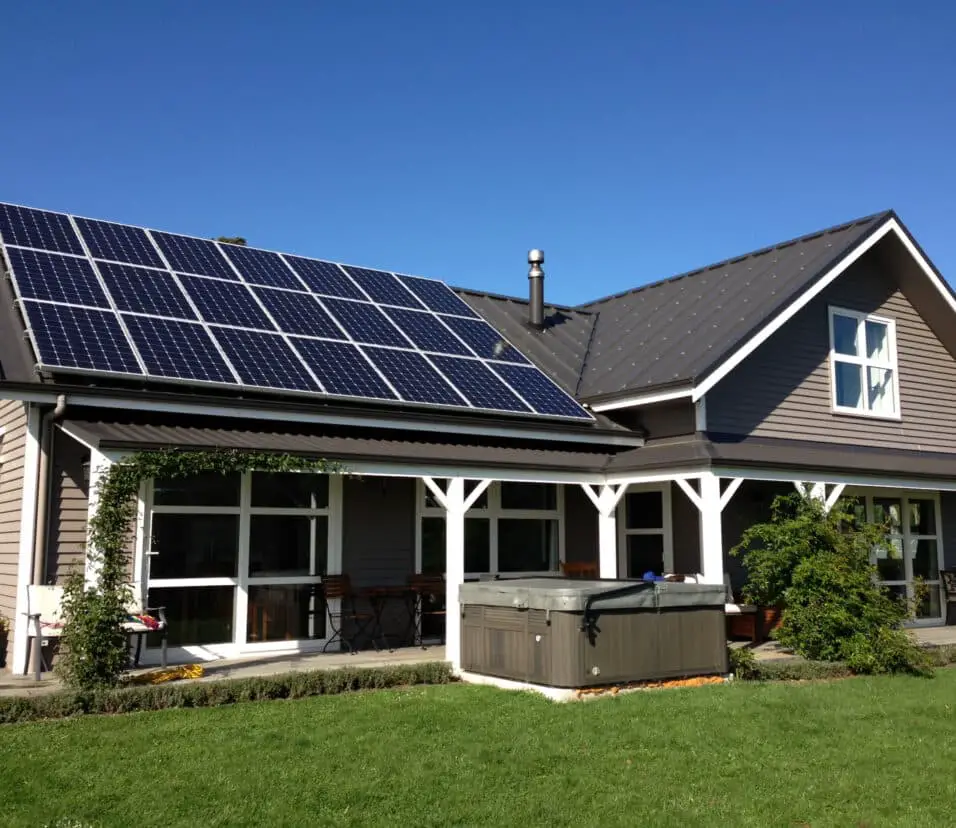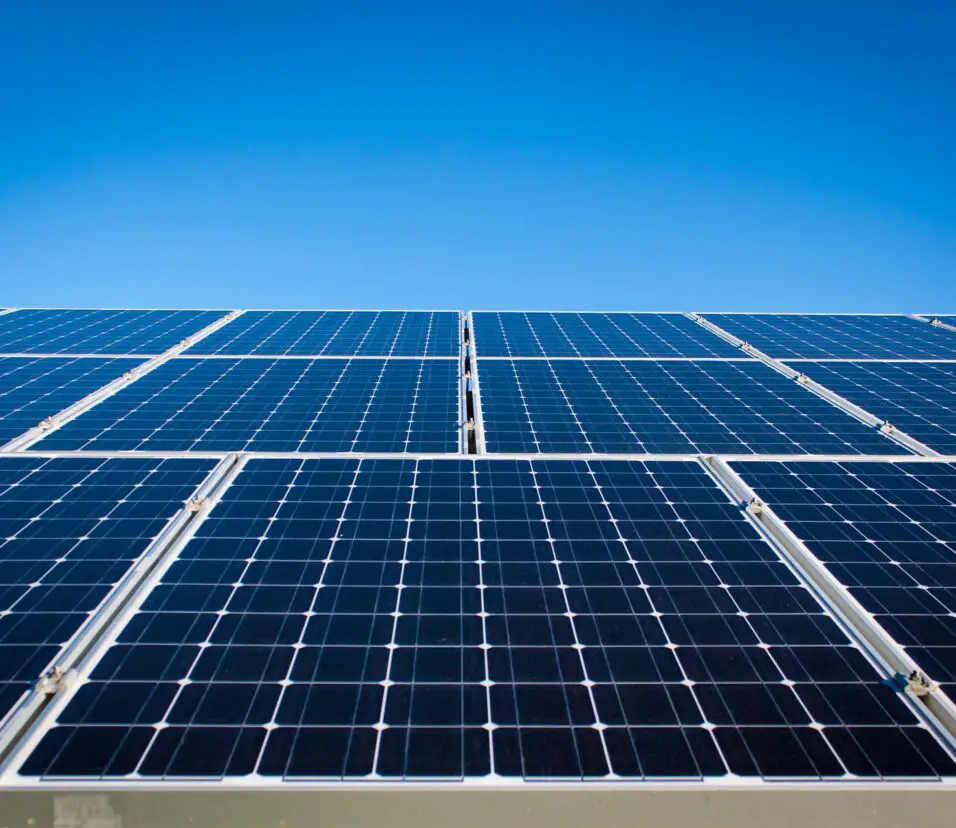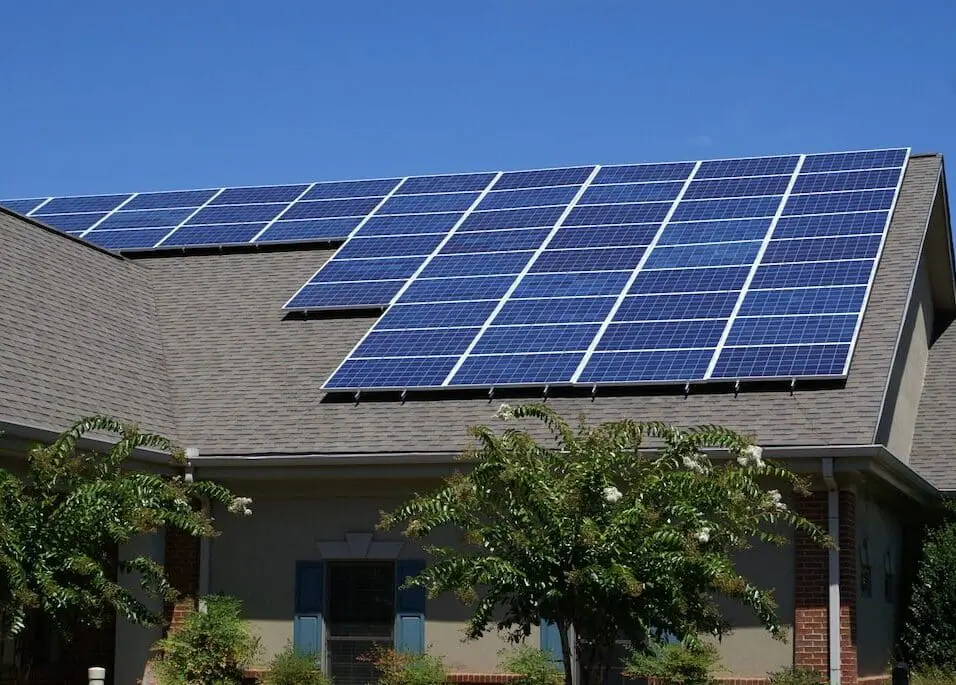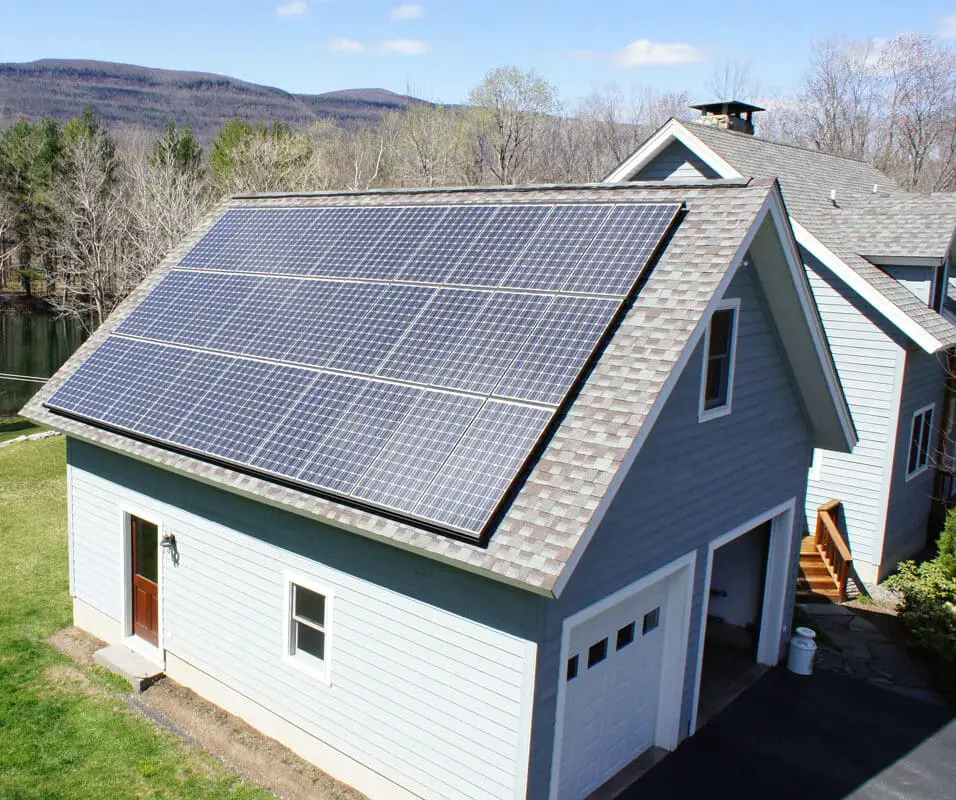How To Use Small Solar Panels At Home
Introduction
How To Use Small Solar Panels At Home: Small solar panels are designed to capture sunlight and convert it into electricity through the photovoltaic effect. These compact and efficient devices can be easily installed on rooftops, balconies, or even in your backyard, allowing you to tap into the abundant and renewable energy source that the sun provides. Installing small solar panels is a relatively straightforward process, but proper placement is crucial for optimal energy production. We’ll guide you on the best locations and considerations for installing your panels.
We’ll delve into the science behind clean solar panels and how they convert sunlight into usable electricity. Understanding the technology will give you a better appreciation for the power of solar energy. Solar power offers a multitude of advantages, and we’ll explore these benefits in detail. From financial savings to environmental impact, you’ll learn why solar energy is a smart investment for your home.
Before you set up your solar panels, it’s essential to assess your household’s energy requirements. We’ll walk you through the process of calculating your electricity needs to determine the right size of the solar system. Not all solar panels are the same, and choosing the right ones can significantly impact your system’s efficiency. We’ll explain the different types of solar panels and how to select the ones best suited for your home.
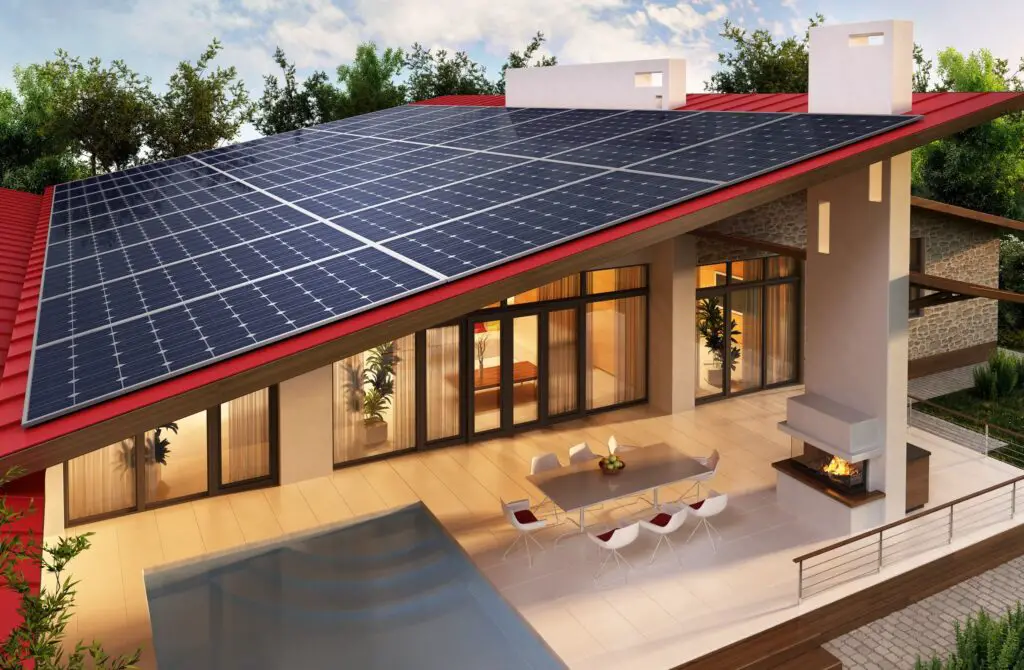
What can I do with a small solar panel?
Applications of solar panels
Mini solar panels can be used to power a host of applications that require low power. They are good for devices that do not consume too much energy. They can be used to power pocket calculators, watches, flashlights, cameras, wearable devices and radios.
One of the most common and convenient uses of a small solar panel is to charge small electronic gadgets like smartphones, tablets, cameras, and smartwatches. These portable panels often come with USB ports or built-in power banks, making them perfect for powering your devices on the go, whether you’re hiking, camping, or traveling.
Small solar panels can power LED lights, which can be used for outdoor lighting in your garden, patio, or backyard. These solar-powered lights are not only energy-efficient but also eliminate the need for messy wiring and reliance on the grid, providing an eco-friendly and cost-effective solution for illuminating your outdoor spaces.
Some backpacks come with integrated solar panels, allowing you to charge your devices while you’re on the move. These solar-powered backpacks are especially useful for outdoor enthusiasts, travelers, or students who need to keep their devices charged during their journeys.
With a small solar panel and a small water pump, you can create a charming solar fountain or water feature for your garden or backyard. These solar-powered water features not only add a tranquil ambiance but also contribute to water conservation.
Using small solar panels to power a ventilation fan can be an effective way to keep enclosed spaces, such as a greenhouse, shed, or attic, cool and well-ventilated without relying on traditional electricity.
Do small solar panels need direct sunlight?
Solar panels perform most efficiently in direct sunlight, but they can also function without it. Why? Because photons, the part of the sun’s energy that solar panels generate electricity, are in both direct and indirect sunlight. Solar panels can work with indirect sunlight, but they will not produce as much power.
Before delving into the role of sunlight, let’s briefly recap how solar panels work. Solar panels are made up of photovoltaic (PV) cells that convert sunlight into electrical energy through the photovoltaic effect.
When sunlight strikes these cells, it excites electrons, generating an electric current that can be harnessed to power electrical devices or charge batteries.
Direct sunlight refers to sunlight that reaches the solar panels without any obstructions, such as clouds or shade. In this scenario, the solar panels receive the maximum amount of sunlight, optimizing their energy production. However, it’s essential to note that solar panels can still generate electricity when exposed to indirect sunlight.
Indirect sunlight includes diffused or scattered sunlight that reaches the panels despite passing through clouds, haze, or partial shading. While the intensity of indirect sunlight is lower than direct sunlight, small solar panels can still capture and convert this light into usable electricity.
Solar panels have become increasingly popular as an eco-friendly and sustainable energy solution, harnessing the power of the sun to generate electricity. However, a common misconception is that solar panels require direct sunlight to function efficiently.
In reality, small solar panels can still produce electricity even in indirect sunlight, making them versatile and effective energy sources in various conditions.
Are small solar panels good?
Smaller solar panels can be used in many different ways: as a phone charger, for RVs and during camping trips, and for small off-grid solar projects. If you’re looking to save money by offsetting your home energy use with a solar power system, small panels likely won’t get the job done.
Cost-Effective: Small solar panels are generally more affordable than larger systems, making them a budget-friendly option for those looking to dip their toes into solar energy without a significant upfront investment.
Easy Installation: Due to their smaller size and lower wattage, installing small solar panels is often a straightforward DIY project. You can set them up on your own with minimal tools and expertise.
Portability: Small solar panels are highly portable, making them ideal for camping trips, outdoor adventures, or use in remote areas where access to electricity may be limited.
Versatility: These panels come in various shapes and sizes, allowing you to find the perfect fit for your specific needs, whether it’s charging electronic devices, powering lights, or running small appliances.
Low Maintenance: Small solar panels typically require minimal maintenance, with occasional cleaning to ensure optimal energy production.
Do solar panels work at night?
The short answer is: no, solar energy systems only operate during the day. This is because the power from the sun is key to how a solar panel turns light into electricity.
The fundamental principle behind solar panels is the conversion of sunlight into electricity through the photovoltaic effect. When sunlight strikes the photovoltaic cells within the panels, it excites electrons, creating an electric current that can be harnessed to power electrical devices. This process occurs exclusively in the presence of sunlight.
The Dilemma of Nighttime Power
When the sun sets, the absence of sunlight means solar panels cannot generate electricity. This poses a challenge for those relying solely on solar energy to power their homes or devices throughout the night. However, there are several effective strategies to overcome this obstacle and ensure a continuous power supply.
Energy Storage with Batteries
One of the most common solutions to address nighttime power needs is the use of batteries for energy storage. During daylight hours, when solar panels generate excess electricity, this surplus energy is stored in batteries instead of being fed back to the grid. Later, during the night or when sunlight is limited, the stored energy is drawn from the batteries to power electrical devices.
Grid Connection
In grid-tied solar systems, excess electricity generated during the day can be sent back to the electrical grid, earning credits or compensation through net metering programs. At night, or when solar production is insufficient, electricity is drawn from the grid to meet energy requirements.
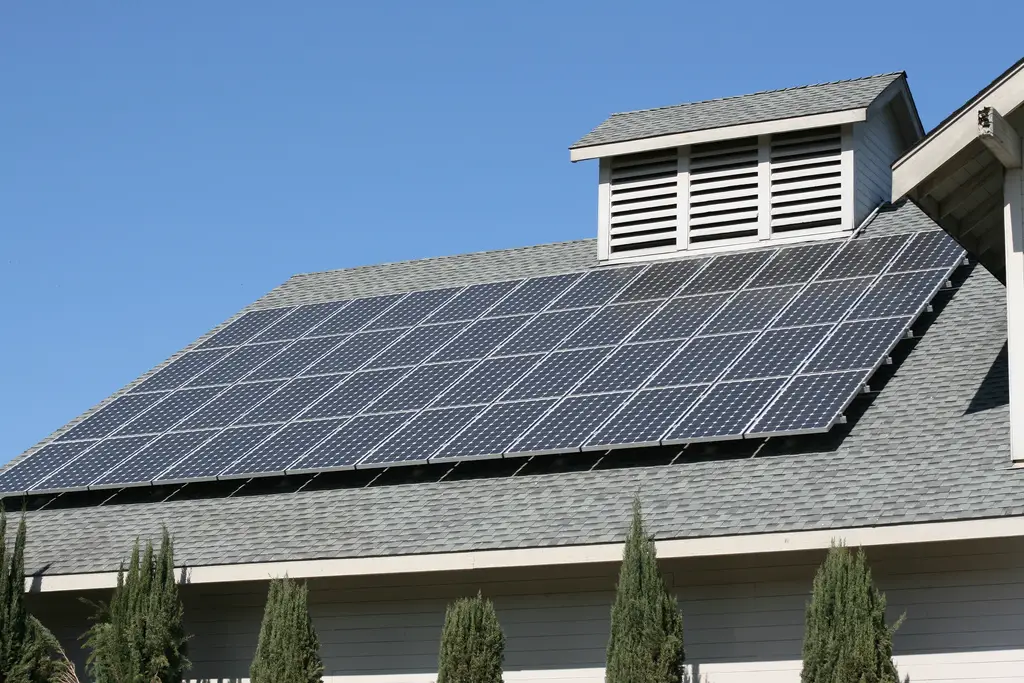
How long do small solar panels last?
25 to 30 years
The industry standard for most solar panels’ lifespans is 25 to 30 years. Most reputable manufacturers offer production warranties for 25 years or more. The average break even point for solar panel energy savings occurs six to 10 years after installation.
Quality of Materials:
The quality of materials used in manufacturing the solar panels significantly impacts their lifespan. High-quality materials, such as monocrystalline or polycrystalline silicon cells and durable encapsulation materials, tend to endure for more extended periods.
Manufacturing Standards:
Panels manufactured under stringent quality control standards are more likely to perform reliably over time.
Environmental Factors:
Exposure to harsh environmental conditions, such as extreme temperatures, humidity, and salty air (for coastal installations), can affect the panel’s lifespan.
Operating Conditions:
Proper installation, correct tilt and orientation, and regular maintenance can all contribute to prolonging the lifespan of small solar panels.
Energy Output:
Over time, the panel’s efficiency may degrade slightly, resulting in a lower energy output compared to its initial capacity.
Can you charge a phone with a small solar panel?
Use Direct Sunlight:
Place the panel in direct sunlight to maximize its efficiency. Avoid shading the panel or using it in areas with limited sunlight.
Keep the Panel Clean:
Regularly clean the panel’s surface to remove dust, dirt, or any obstructions that could reduce its charging capacity.
Battery Storage (if available):
Some small solar panels come with built-in power banks for energy storage. Charge the power bank during the day and use it to charge your phone at night or in low-light conditions.
Be Patient:
Charging with a small solar panel may take longer than traditional electrical charging. Be patient and plan ahead if you need a full charge for your phone.
Solar Panel Capacity:
The wattage and capacity of the small solar panel influence how quickly it can charge your phone. Higher wattage panels generally charge devices faster.
Can I connect solar panel directly to battery?
Batteries are usually measured by voltage while solar panels by watts. It’s important to note that you should never connect a battery directly to a solar panel because you risk damaging both pieces of equipment. There must always be a controller or regulator between the two
Overcharging and Undercharging: Directly connecting solar panels to batteries without proper regulation can lead to overcharging, which can damage the battery, or undercharging, which can reduce its lifespan.
Battery Health and Safety: Batteries require specific charging profiles to ensure their health and safety. Without proper regulation, the battery may experience reduced capacity and a shorter overall lifespan.
Efficiency: Direct connections may not always result in the highest efficiency, as the battery’s state of charge and other factors can impact energy transfer.
Voltage Compatibility: Ensuring that the voltage output of the solar panels matches the battery’s voltage is critical. Mismatched voltages can damage the battery or reduce the overall energy yield
Do solar panels work in winter?
Even in below-freezing weather, solar panels turn sunlight into electricity. That’s because solar panels absorb energy from our sun’s abundant light, not the sun’s heat. In fact, cold climates are actually optimal for solar panel efficiency.
Winter days are indeed shorter, with fewer daylight hours compared to summer. This means that solar panels have less time to capture sunlight and generate electricity. Additionally, the sun’s angle is lower in the sky during winter, which can slightly reduce the intensity of sunlight reaching the solar panels.
Solar panels generally operate more efficiently in cooler temperatures. While the lower temperatures can improve the efficiency of solar panels, this effect is relatively minor compared to the impact of reduced daylight hours.
One common concern during winter is the possibility of snow covering the solar panels and hindering their performance. However, many solar panels are designed with smooth surfaces that allow snow to slide off easily.
Additionally, solar panels are mounted at an angle, which can help shed snow naturally. In regions with heavy snowfall, periodic cleaning or gentle brushing can help clear the snow from the panels and optimize their performance.
Winter often brings clear skies, which can enhance the performance of solar panels. Snow-covered ground can also reflect sunlight back onto the panels, providing an additional boost to their energy production.
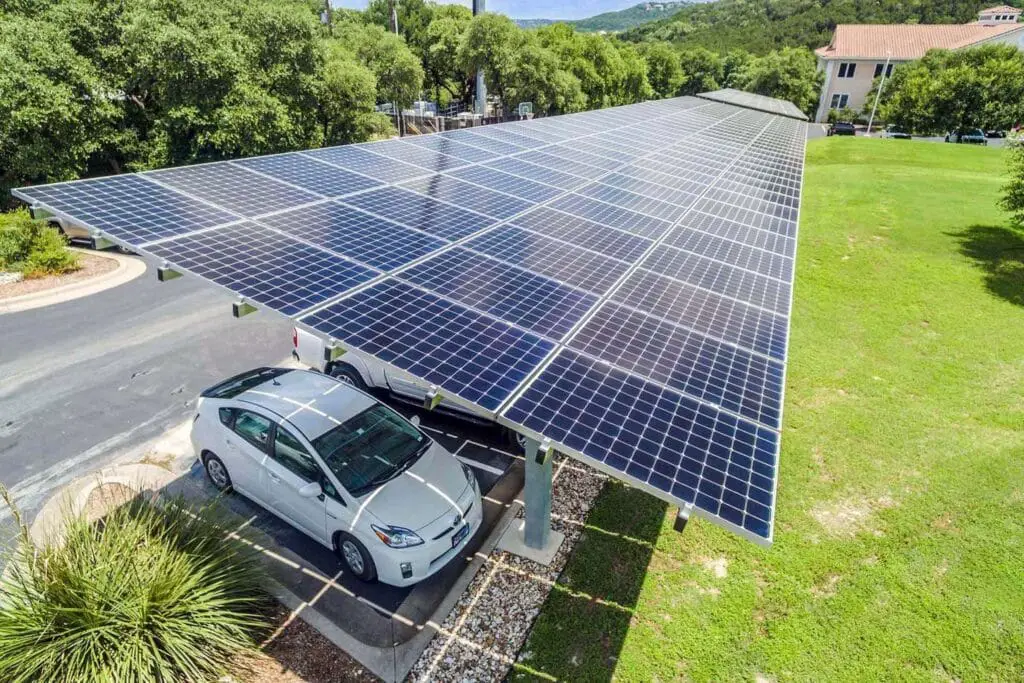
Conclusion
By incorporating small solar panels into your household, you are taking a proactive step towards sustainability and reducing your carbon footprint. Embracing solar energy not only benefits the environment by curbing greenhouse gas emissions but also offers tangible financial advantages through reduced electricity bills and potential government incentives.
Remember, the key to a successful solar energy system lies in proper planning and understanding your energy needs. Assessing your household’s electricity consumption and selecting the right small solar panel type and size are essential steps in ensuring optimal performance. Installing solar panels on your rooftop, balcony, or backyard is a testament to your commitment to a greener future. The clean and renewable power generated by the sun will empower you with a sense of energy independence, knowing that you’re harnessing a natural resource right at your doorstep.
Maintenance and responsible usage are vital in maximizing the benefits of your small solar panel system. Regular upkeep and monitoring will ensure the panels function efficiently for years to come. Additionally, adopting energy-conscious habits and investing in energy-efficient appliances will further amplify your energy savings. As you enjoy the benefits of solar energy, you also become an advocate for renewable solutions, inspiring others to follow suit. By sharing your solar journey with friends, family, and your community, you contribute to a broader movement of sustainability and environmental awareness.



